Description
ND2: This filter can reduce the intensity of incident light to 1/2 of the original (i.e., the transmittance is about 50%), which can slightly reduce the amount of light entering. It is more suitable when the light is slightly strong and the shutter speed needs to be reduced to shoot dynamic blur effects (such as water drawing) but you don’t want to change the exposure parameters too much.
ND4: It reduces the intensity of incident light to 1/4 of the original (the transmittance is about 25%), further reducing the amount of light entering. It is often used in scenes with strong light during the day when you want to use a large aperture to blur the background and avoid overexposure.
ND8: It reduces the light intensity to 1/8 of the original (the transmittance is about 12.5%), which can significantly reduce the light flux. It is suitable for long-exposure shooting under strong sunlight, such as shooting misty effects, car light tracks, etc.
ND64: It can attenuate the light intensity to 1/64 of the original (transmittance is about 1.6%). It is a high-attenuation filter used in extremely bright light environments or for special long exposure effects, such as shooting silk-like waterfalls at noon, or shooting the movement of clouds in the sky.
Working Principle
The attenuation of light is achieved by coating a thin film with absorption characteristics on a glass substrate. The thin film material absorbs and scatters light of different wavelengths, and this effect is relatively uniform over a wide spectral range, thereby achieving neutral attenuation of light intensity without affecting the color characteristics of light.
Application Scenarios
Photography and Videography: In the field of photography and videography, by using ND filters of different specifications, photographers can flexibly control exposure in bright environments. For example, when shooting videos, in order to maintain a shallow depth of field and a suitable frame rate, the light intensity needs to be reduced, and ND filters can come in handy; when taking landscape photos, ND8 or ND64 is used to achieve long exposure to create unique visual effects.
Optical Experiments: In optical experiments, it is sometimes necessary to precisely control the intensity of light to meet experimental conditions. Neutral density filters can be used to adjust the intensity of lasers or other light sources to prevent damage to experimental equipment or detectors due to excessive light intensity, and also make experimental data more accurate and reliable.
Industrial inspection: In industrial visual inspection, ND filters can adjust the amount of light entering the camera to ensure stable image quality. For example, when inspecting reflective surfaces or in environments with unstable light intensity, by selecting the right ND filter, the inspection equipment can obtain clear and accurate images, improving inspection accuracy and efficiency
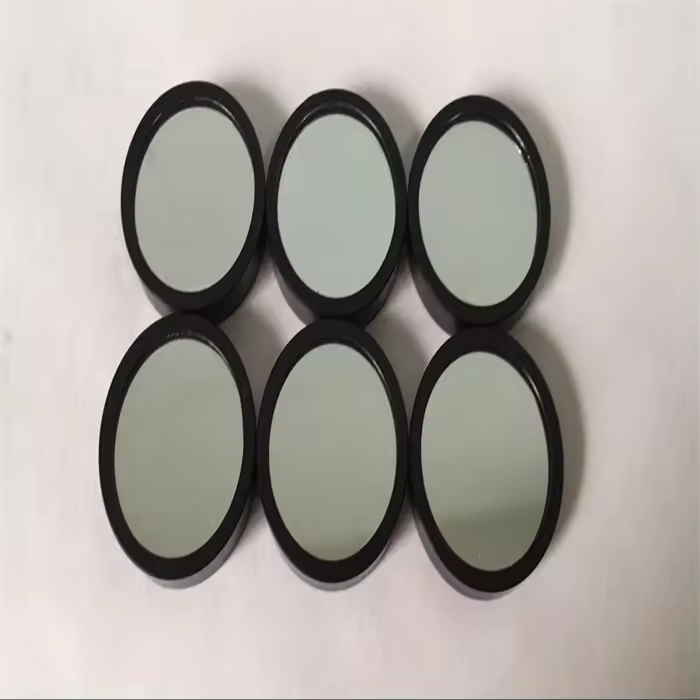

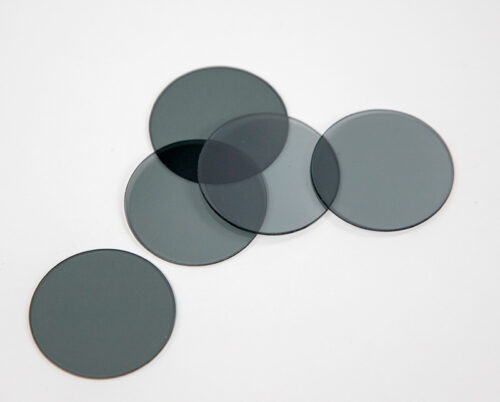
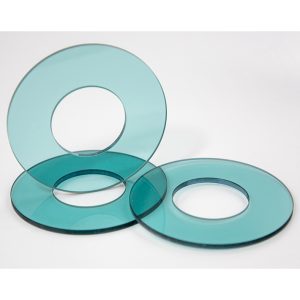
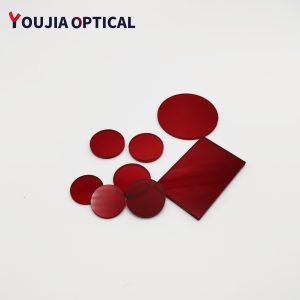
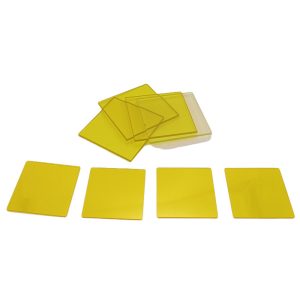
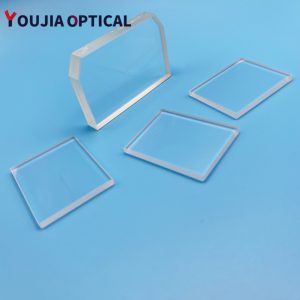
Reviews
There are no reviews yet.